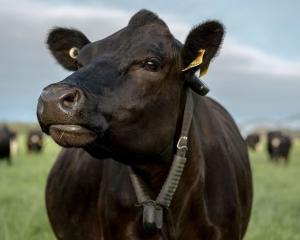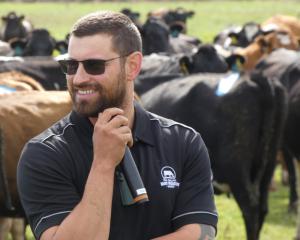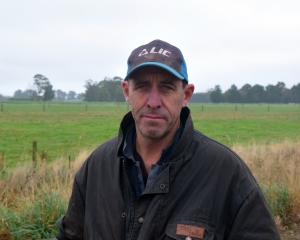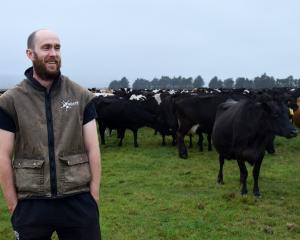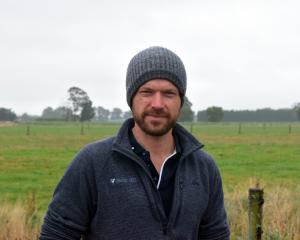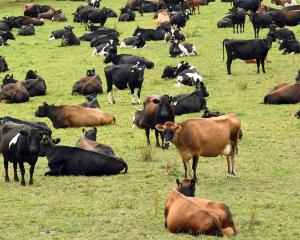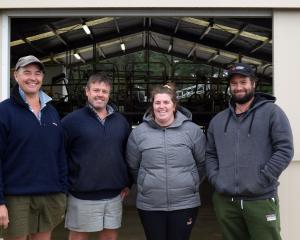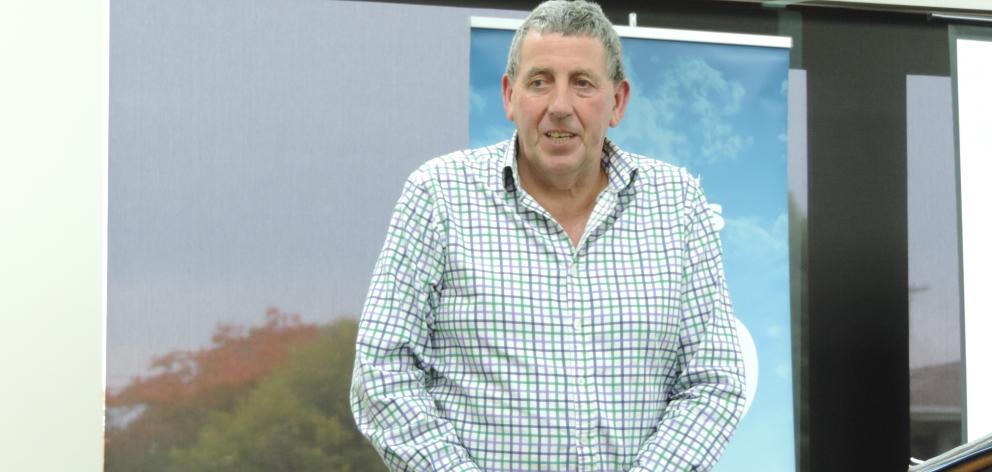
Policy and advocacy general manager Gavin Forrest travelled from the Wellington head office to Waimate to speak at the South Canterbury provincial annual meeting on Friday.
He has been heavily involved with the Ministry for Primary Industries since the bacterial cattle disease was found in South Canterbury in July.
"I’m getting closer to thinking we might have to admit we can’t eradicate it," Mr Forrest said.
The ministry, in consultation with the rural sector, would decide in the next week what action to take next.
He believed it would be be a balance between phased eradication and ongoing management.
"It’s a very, very difficult decision.
"How deep do we cut, how wide do we go to stop a cancer?
"At the moment, we are causing a lot more pain than this disease has.
"We’ve created this huge trauma and suspicion. We’ve lifted this disease above where it should be."
However, Mr Forrest said he did not want to be accused of not doing enough in response to the outbreak.
The approach taken was because the authorities thought the disease was in a limited area and because of the "really, really severe symptoms from a large number of animals" at the first farm, he said.
"It shocked us.
"We made a judgement call on the day, as you do.
"All of us made a call to have a go at this because we thought it could be very serious.
"We still don’t know how serious it will be. We may have to find out."
He gave "full marks to the van Leeuwens and their vets", whose vigilance led to the discovery of M. bovis on farms near Morven.
At first the van Leeuwen properties were thought to be the source of the disease, but a subsequent discovery in Winton dated back to late 2015, Mr Forrest said.
It was not known how the disease got into New Zealand, but the two most likely ways were through frozen semen or veterinary medicines, he said.
"Casual encounters over the fence" between cattle were "not looking very likely now" as causing further infections, but it might be a good idea to have riparian buffers along boundaries as a biosecurity barrier, Mr Forrest said.
Eight properties, including one in the North Island, have been "depopulated" of their cattle and 20 were due to be finished by the end of this month.
"Close to 1400 properties are being traced."
New Zealand’s farming systems were very vulnerable to quarantine lock-down, Mr Forrest said.
"We have lots of movements between properties. We move animals all over New Zealand.
"Some people are under huge stress because of movement restrictions, and they haven’t even got the disease."
We needed to look at whether we should "rejig" our farming systems.
The compensation process for affected farmers was "taking far too long", he said.



